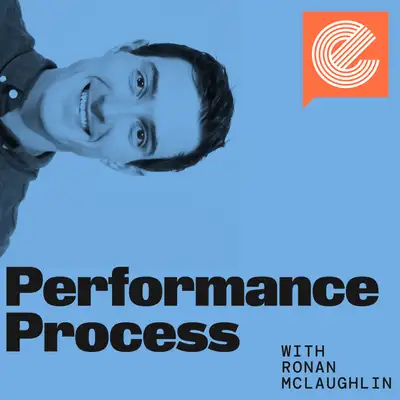
Performance Process - Members Only
from Escape Collective
A checklist for buying a road race bike
Aero bikes are everywhere, but are they always faster? In this episode of Performance Process, Ronan Mc Laughlin is joined by Escape colleague Dave Rome to unpack why choosing the right bike isn’t as simple as following the marketing, picking the most aggressive geometry, or the flashiest one-piece cockpit.
From the importance of a fit-first approach to the pitfalls of integrated components and complete bikes, they lay out a practical checklist for riders looking to go fast and upgrade with real-world aero performance.
Outline
Intro:
From the importance of a fit-first approach to the pitfalls of integrated components and complete bikes, they lay out a practical checklist for riders looking to go fast and upgrade with real-world aero performance.
Outline
Intro:
- I introduce the core question: how do you choose the right bike, not just the fastest on paper, but the one that actually works for you.
- We challenge the assumption that aero always equals faster. It doesn't, at least not if the fit isn’t right.
- Dave Rome joins for a back-and-forth aimed at creating a practical checklist, built around fit-first thinking and the idea of “usable aero.”
Fit Before Fast: Reframing the Bike Buying Process:
- We break down how poor fit compromises performance, comfort, and even the claimed aero gains.
- Buying the pro bike doesn't make you a pro rider, especially if you’re running a 40 mm spacer stack just to make it rideable.
- Stack and reach, saddle setback, and bar/stem specs aren’t just techy details, they’re performance-critical.
The Pitfalls of Integration
- We dig into the trend towards fully integrated cockpits and proprietary components.
- While they look sleek and might test faster in isolation, they often limit adjustability, increase costs, and make real-world optimisation harder.
- In many cases, the smartest move is to buy a lower-spec model with a two-piece bar and stem, same frame, more fit freedom.
Usable Aero Defined
- “Usable aero” is about enabling a fast position, not just owning a fast-looking bike.
- It’s the balance point where adjustability, comfort, and position allow you to unlock aero potential.
- Inflexible setups can cap performance before you even start pedalling.
Geometry and Ride Feel
- Beyond fit, geometry matters. We explore how things like trail, wheelbase, and BB height affect handling.
- Trail figures are a good shorthand for ride character:
- 50–55 mm = twitchy, racey
- 56–59 mm = balanced
- 60–65+ mm = stable, endurance-oriented
- Choosing the wrong handling for your terrain or goals can make a fast bike feel like the wrong tool.
Buying Advice That Actually Helps
- We offer a step-by-step filtering process:
- Start with a bike fit, before you start shopping.
- Use stack/reach and known fit points to filter options.
- Prioritise adjustability over integration.
- Consider total cost, including likely upgrades to make it fit.
- If necessary, start lower-spec and build upwards once your fit is dialled.
Final Thoughts
- A bike that fits well, handles how you like, and lets you sustain your fastest position will always be faster than one that doesn’t, regardless of the aero marketing.
- Sustainable speed trumps theoretical speed.
- We wrap with a call to think critically, filter hard, and ride something that works for you.